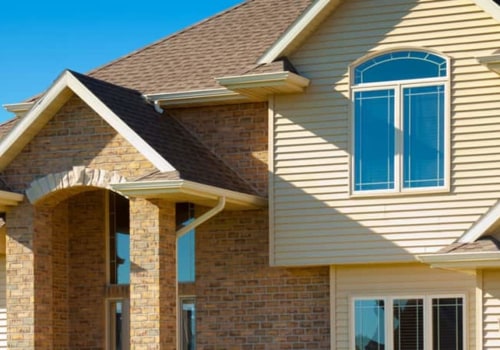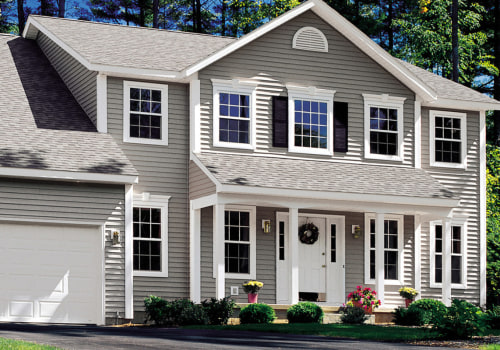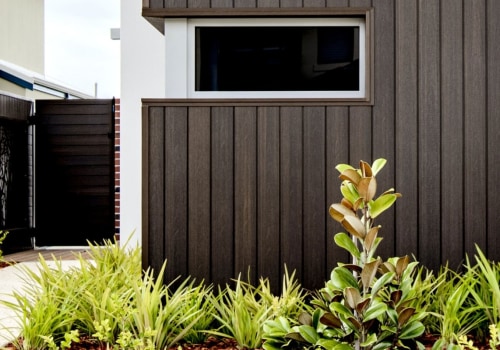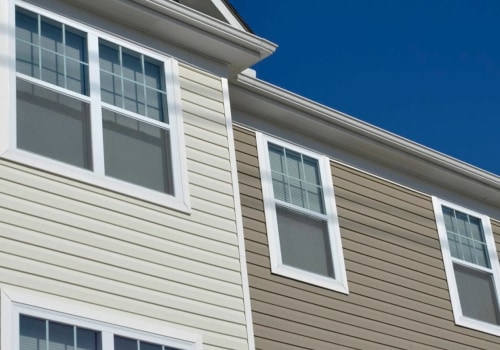Vinyl siding will fade after years of being exposed to UV rays and the elements such as rain and snow. The sun's rays will deteriorate the color of vinyl siding and other things, such as boats or jungle gyms that stay outside for a long time. The lighter the color, the less you will notice discoloration on your vinyl siding. White will certainly fade less, while dark browns and dark reds begin to fade faster and noticeably.
What you see as discoloration on your vinyl siding could be oxidation or a rupture of the surface due to exposure to oxygen in the air. Oxidation can leave a white, powdery substance on the vinyl surface. The main complaint with dark vinyl siding is that its color fades faster and noticeably than its light-colored counterparts. Because of this, it may require more consistent maintenance or replacements.
However, all of this depends on the amount of sun that reaches your home and the brand of siding you choose. If your house is surrounded by trees, for example, you may not see these effects occur so quickly. In addition, choosing a brand of coatings with a no-fade guarantee can also ensure that your home maintains that attractive, deep color for years to come. All vinyl siding will fade a little.
After 10 to 15 years, the change can be significant. When that happens, or if you simply want to change its color, vinyl can be painted, however counterproductive it may seem. Vinyl has much better UV inhibitors to help with fading, but any color will fade, and the darker the color, the greater the effect. This is usually not a big problem, as this process takes place gradually over time and you don't really notice the process, until you have to make repairs or change part of the coating due to damage, which then contrasts the new with the old.
Since these are not very common occurrences, I suggest you choose the color you like. Considering all things, you can expect vinyl siding to begin to fade noticeably between ten and fifteen years after it has been installed in your home. A robust and thick vinyl siding type will be more resistant to fading, as it has absorbed more color during the manufacturing process. In cases where there are accumulations of snow along the side of your home, your coating will experience further discoloration.
By far, the sun's ultraviolet rays are the biggest contributors to your vinyl siding fading. Just like when you wear a black shirt in summer, the dark vinyl siding will absorb heat from the sun and retain it inside your home. Because vinyl siding is known to experience color fading, homeowners might worry about how much their red vinyl siding will fade over time. As winter stops and warm, sunny days arrive, the dark vinyl siding continues to absorb the sun's radiant energy.
In addition, a better quality vinyl siding will also be manufactured with fade resistant material, which can greatly increase the time that the coating will retain its original appearance. All vinyl siding will fade, but you probably won't detect much difference for the first 10 to 15 years. The elements are what primarily cause the colors of your vinyl siding to fade, with direct sunlight being the most damaging. If your Twin Cities home has a lot of sun exposure, you can expect the color to fade on the vinyl siding.
While there are ways to avoid a little discoloration, you can expect vinyl siding to fade noticeably within fifteen to twenty years, with a minimal amount that will be noticed after five years. .




